Bioinformatics Programming
Operations on FASTA files using Perl, PHP, and Bash commands
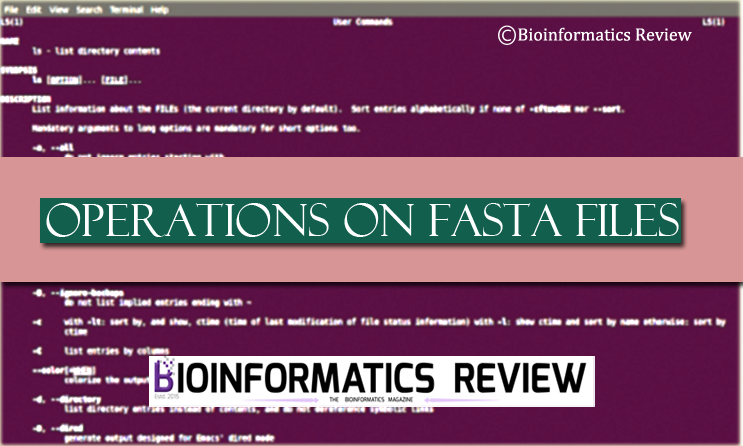
We have published various articles on bioinformatics programming dealing with large files consisting of multiple FASTA sequences. Here is a list of articles related to operations on multi-FASTA files using Perl, PHP, and some bash commands.
How to read fasta sequences as hash using perl?
This is a simple Perl script to read a multifasta file as a hash. Keep reading
A perl script to convert multiline FASTA sequences into a single line
There are different software or tools which require different kinds of input, especially, when you are trying to developing a pipeline or want to process multiple large files. If you are dealing with a big FASTA file consisting of thousands of sequences split into a particular number of residues per line, and you want each sequence into a single line, then you can use this simple Perl program. Keep reading
How to read fasta sequences from a file using PHP?
Here is a simple function in PHP to read fasta sequences from a file. Keep reading
How to search motif pattern in FASTA sequences using Perl hash?
Here is a simple Perl script to search for motif patterns in a large FASTA file with multiple sequences. Keep reading
How to concatenate FASTA sequences using Perl?
Here is a simple Perl script to concatenate multiline FASTA sequences into a single line. The script provided in this article can also be used for large files consisting of multiple FASTA sequences split into the indefinite number of residues per line. Keep reading
Perl script to find duplicate FASTA sequences using their header?
In a large file of FASTA sequences, it is nearly impossible to perform some operations manually. This is a simple Perl script to find out duplicate sequences in a multi-fasta file using a FASTA header. Keep reading
How to extract fasta sequences from a multi-fasta file based on matching headers in a separate file?
This is a simple Perl script to extract FASTA sequences from a large fasta file depending on the matching fasta headers present in another file. Keep reading
Modifying multi-FASTA files using Bash: ‘Sed’ Command
Dealing with thousands of FASTA sequences is a tedious task without using bioinformatics programming. It eases multiple minute tasks to be performed on FASTA sequences or their headers such as removal, addition, or substitution of certain characters in the header, or manipulating the sequence format, and so on. In such cases, shell bash commands provide an easy way to perform such tasks on FASTA sequences. Keep reading
Linux ‘sed’ command in Perl programming
When it comes to handling large data files to process, it becomes very difficult to write programs for the beginners, especially when you have to execute another script within one. For this purpose, the Linux operating system offers several advantages for bioinformatics programming such as ‘awk’ and ‘sed’ one-liners, they prove to be of great help! Keep reading
How to execute Unix/shell commands in a Perl script?
BioPerl is a collection of Perl modules that are used to write Perl scripts applied in bioinformatics [1]. It is used in bioinformatics programmings such as in developing source codes, standalone software/tools, and algorithms. It’s easy to install and provide various modules which make it easier to execute different functions. However, Python is mostly preferred over the Perl language, still, some of the bioinformatics software is based on Perl such as the standalone version of I-TASSER. Sometimes, it’s a big trouble to execute some Unix/shell commands in Perl script for the beginners, it’s difficult to decide which function would be specific to a condition. Therefore, this article is a guide for the execution of Unix/shell commands in Perl script. Keep reading
Perl one-liners for bioinformaticians
Perl one-liners are extremely short Perl scripts written in the form of a string of commands that fits onto one line. That would amount to a bit less than 80 symbols for most purposes. Here’s the obligatory “Hello World!” one-liner in Perl and it’s output: Keep reading
Bioinformatics Programming
How to create a pie chart using Python?

In this article. we are creating a pie chart of the docking score of five different compounds docked with the same protein. (more…)
Bioinformatics Programming
How to make swarm boxplot?

With the new year, we are going to start with a very simple yet complicated topic (for beginners) in bioinformatics. In this tutorial, we provide a simple code to plot swarm boxplot using matplotlib and seaborn. (more…)
Bioinformatics Programming
How to obtain ligand structures in PDB format from PDB ligand IDs?
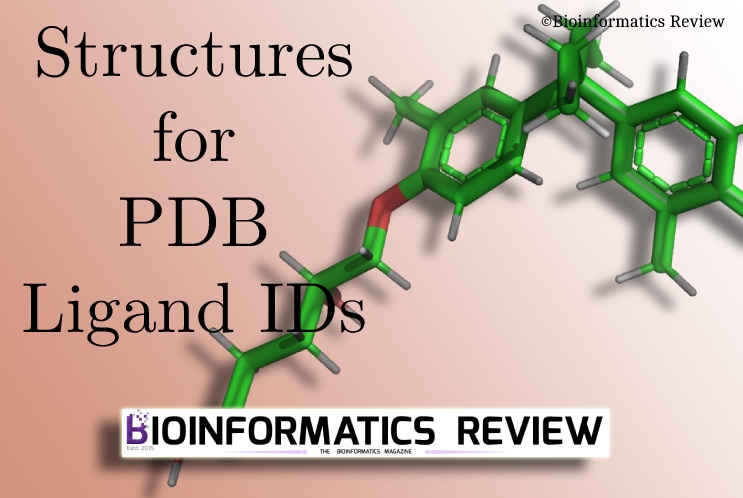
Previously, we provided a similar script to download ligand SMILES from PDB ligand IDs. In this article, we are downloading PDB ligand structures from their corresponding IDs. (more…)
Bioinformatics Programming
How to obtain SMILES of ligands using PDB ligand IDs?
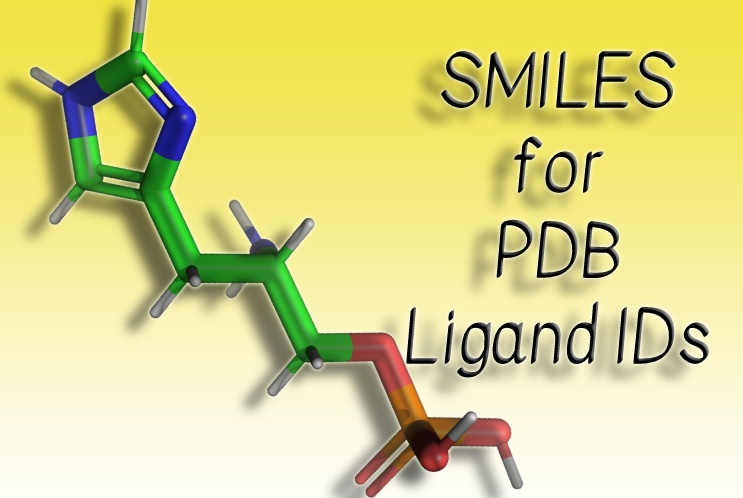
Fetching SMILE strings for a given number of SDF files of chemical compounds is not such a trivial task. We can quickly obtain them using RDKit or OpenBabel. But what if you don’t have SDF files of ligands in the first place? All you have is Ligand IDs from PDB. If they are a few then you can think of downloading SDF files manually but still, it seems time-consuming, especially when you have multiple compounds to work with. Therefore, we provide a Python script that will read all Ligand IDs and fetch their SDF files, and will finally convert them into SMILE strings. (more…)
Bioinformatics Programming
How to get secondary structure of multiple PDB files using DSSP in Python?
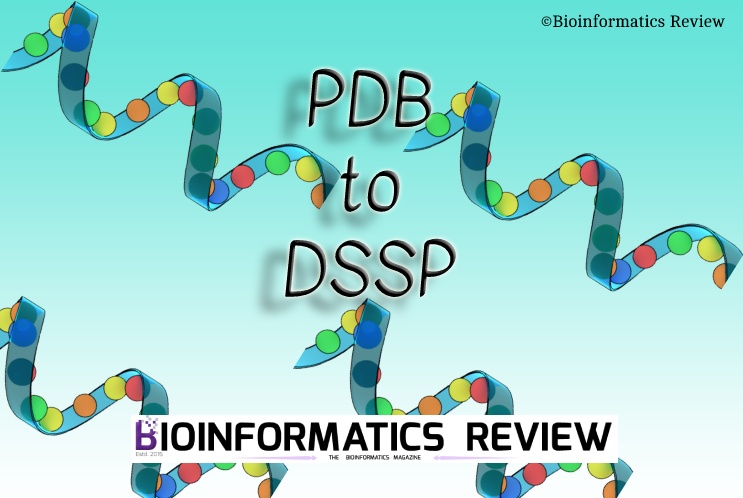
In this article, we will obtain the secondary structure of multiple PDB files present in a directory using DSSP [1]. You need to have DSSP installed on your system. (more…)
Bioinformatics Programming
vs_analysis_compound.py: Python script to search for binding affinities based on compound names.

Previously, we have provided the vs_analysis.py script to analyze virtual screening (VS) results obtained from Autodock Vina. In this article, we have provided another script to search for binding affinity associated with a compound. (more…)
Bioinformatics Programming
How to download files from an FTP server using Python?

In this article, we provide a simple Python script to download files from an FTP server using Python. (more…)
Bioinformatics Programming
How to convert the PDB file to PSF format?

VMD allows converting PDB to PSF format but sometimes it gives multiple errors. Therefore, in this article, we are going to convert PDB into PSF format using a different method. (more…)
Bioinformatics Programming
smitostr.py: Python script to convert SMILES to structures.
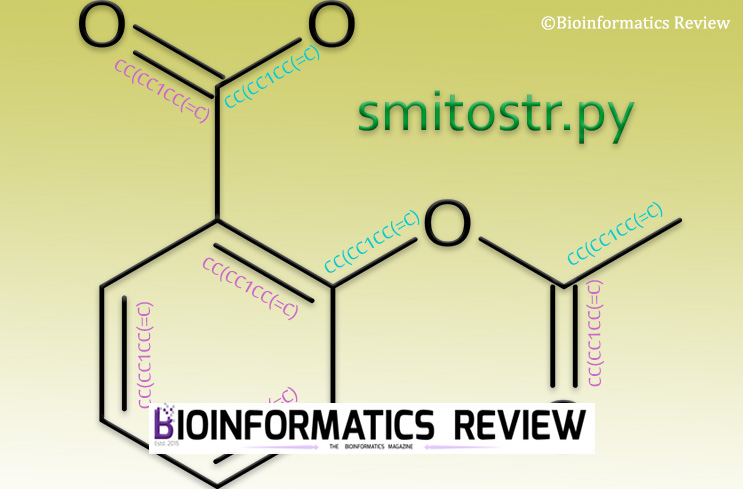
As mentioned in some of our previous articles, RDKit provides a wide range of functions. In this article, we are using RDKit [1] to draw a molecular structure using SMILES. (more…)
Bioinformatics Programming
How to preprocess data for clustering in MATLAB?
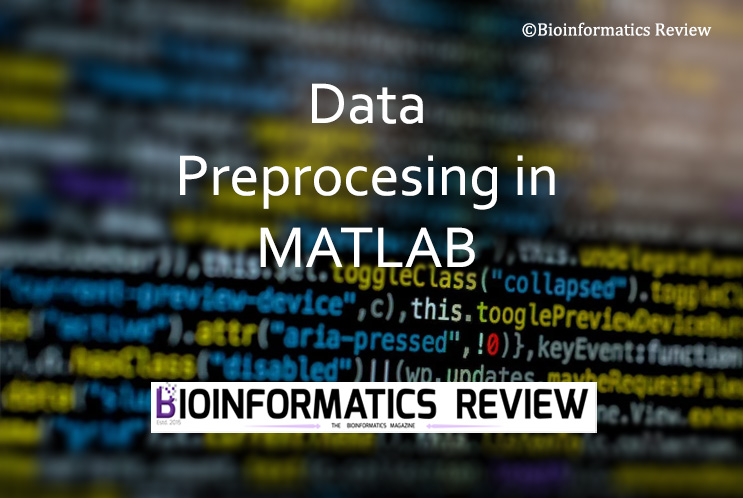
Data preprocessing is a foremost and essential step in clustering based on machine learning methods. It removes noise and provides better results. In this article, we are going to discuss the steps involved in data preprocessing using MATLAB [1]. (more…)
Bioinformatics Programming
How to calculate drug-likeness using RDKit?
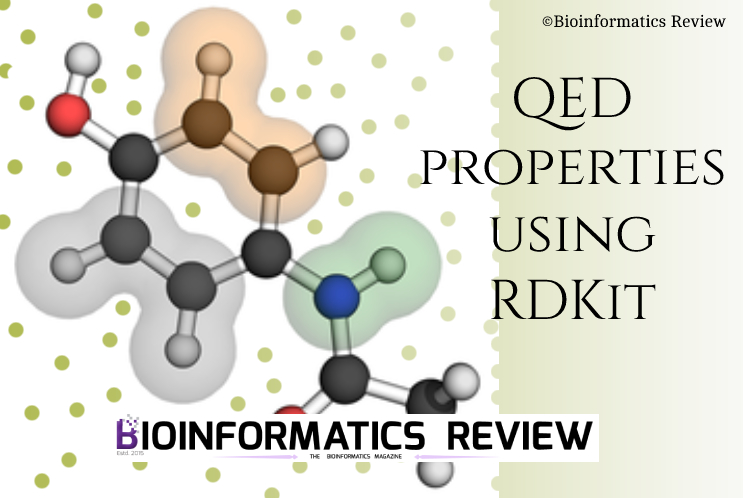
RDKit [1] allows performing multiple functions on chemical compounds. One is the quantitative estimation of drug-likeness also known as QED properties. These properties include molecular weight (MW), octanol-water partition coefficient (ALOGP), number of hydrogen bond donors (HBD), number of hydrogen bond acceptors (HBA), polar surface area (PSA), number of rotatable bonds (ROTB), number of aromatic rings (AROM), structural alerts (ALERTS). (more…)
Bioinformatics Programming
sdftosmi.py: Convert multiple ligands/compounds in SDF format to SMILES.
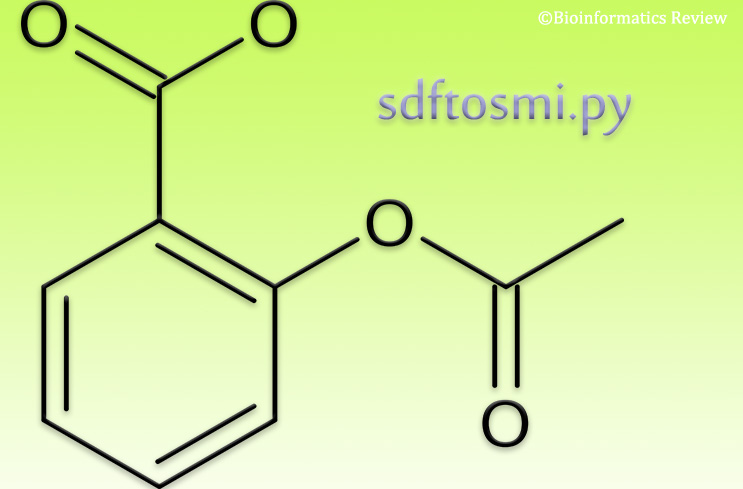
You can obtain SMILES of multiple compounds or ligands in an SDF file in one go. Here, we provide a simple Python script to do that. (more…)
Bioinformatics Programming
tanimoto_similarities_one_vs_all.py – Python script to calculate Tanimoto Similarities of multiple compounds

We previously provided a Python script to calculate the Tanimoto similarities of multiple compounds against each other. In this article, we are providing another Python script to calculate the Tanimoto similarities of one compound with multiple compounds. (more…)
Bioinformatics Programming
tanimoto_similarities.py: A Python script to calculate Tanimoto similarities of multiple compounds using RDKit.
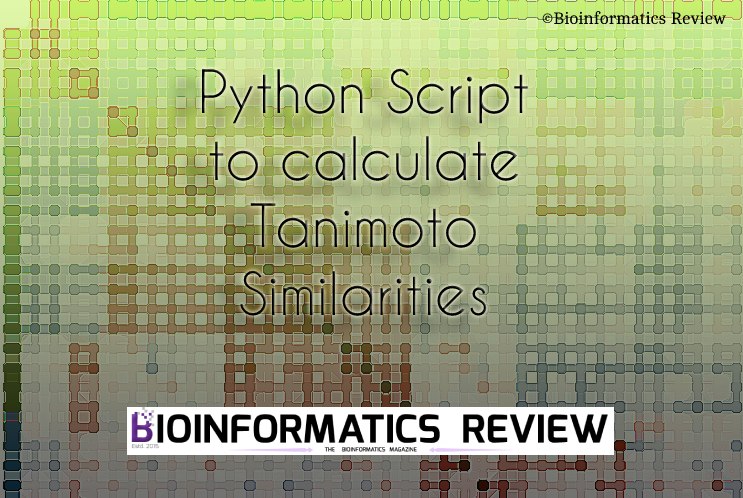
RDKit [1] is a very nice cheminformatics software. It allows us to perform a wide range of operations on chemical compounds/ ligands. We have provided a Python script to perform fingerprinting using Tanimoto similarity on multiple compounds using RDKit. (more…)
Bioinformatics Programming
How to commit changes to GitHub repository using vs code?

In this article, we are providing a few commands that are used to commit changes to GitHub repositories using VS code terminal.
Bioinformatics Programming
Extracting first and last residue from helix file in DSSP format.
Bioinformatics Programming
How to extract x,y,z coordinates of atoms from PDB file?

The x, y, and z coordinates of atoms are provided in the PDB file. One way to extract them is by using the Biopython package [1]. In this article, we will extract coordinates of C-alpha atoms for each residue from the PDB file using Biopython. (more…)
Bioinformatics Programming
dssp_parser: A new Python package to extract helices from DSSP files.

A new Python package named ‘dssp_parser‘ is developed to parse DSSP files. This package fetches all helices including long and short ones from DSSP files. (more…)
Bioinformatics Programming
How to calculate center of mass of a protein structure using Python script?

Here is a Python script that helps you calculate the center of mass of a protein using the Pymol [1]. (more…)
Bioinformatics Programming
How to sort binding affinities based on a cutoff using vs_analysis.py script?
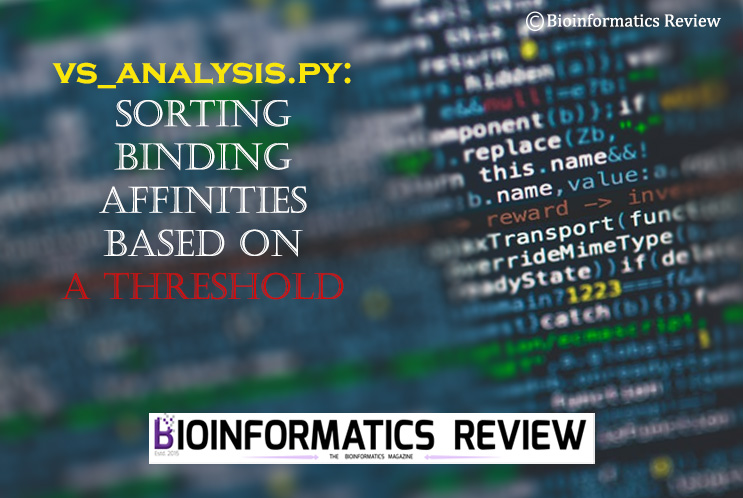
Previously, we have provided a Python script (vs_analysis.py) to analyze the virtual screening (VS) results of Autodock Vina. Now, we have updated this script to sort binding affinities based on user inputted cutoff value. (more…)







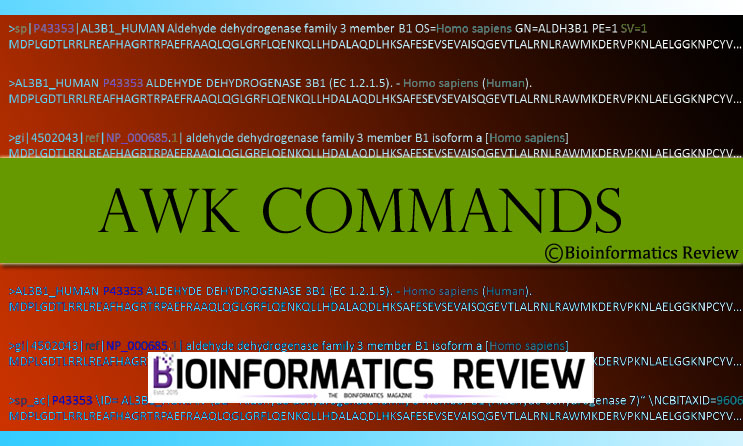

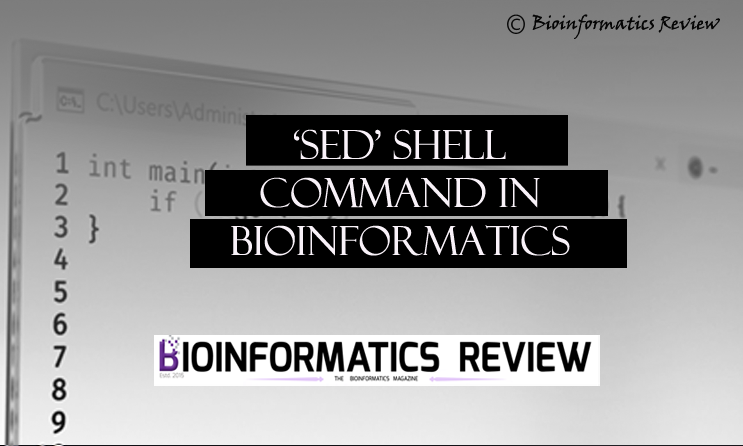


You must be logged in to post a comment Login